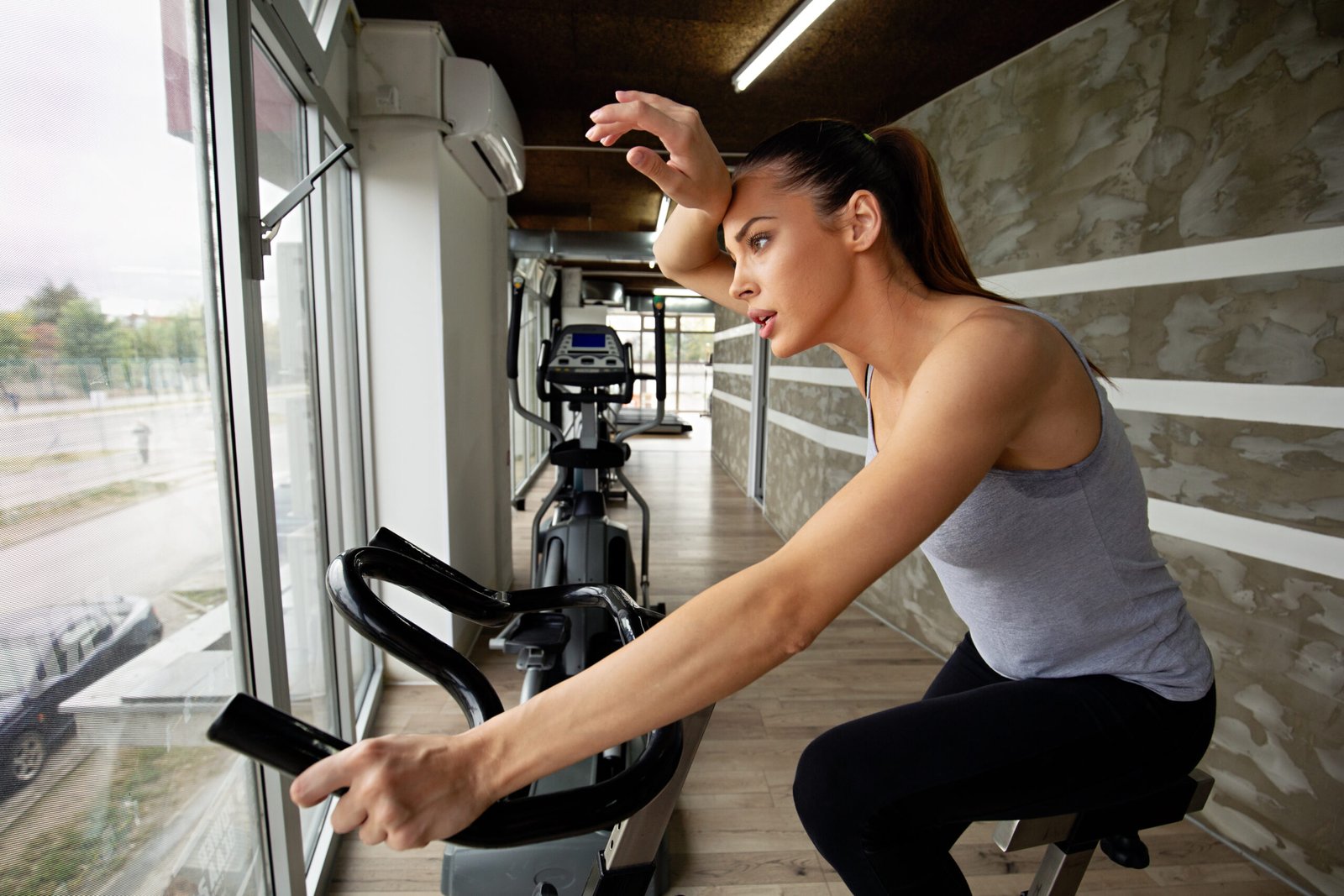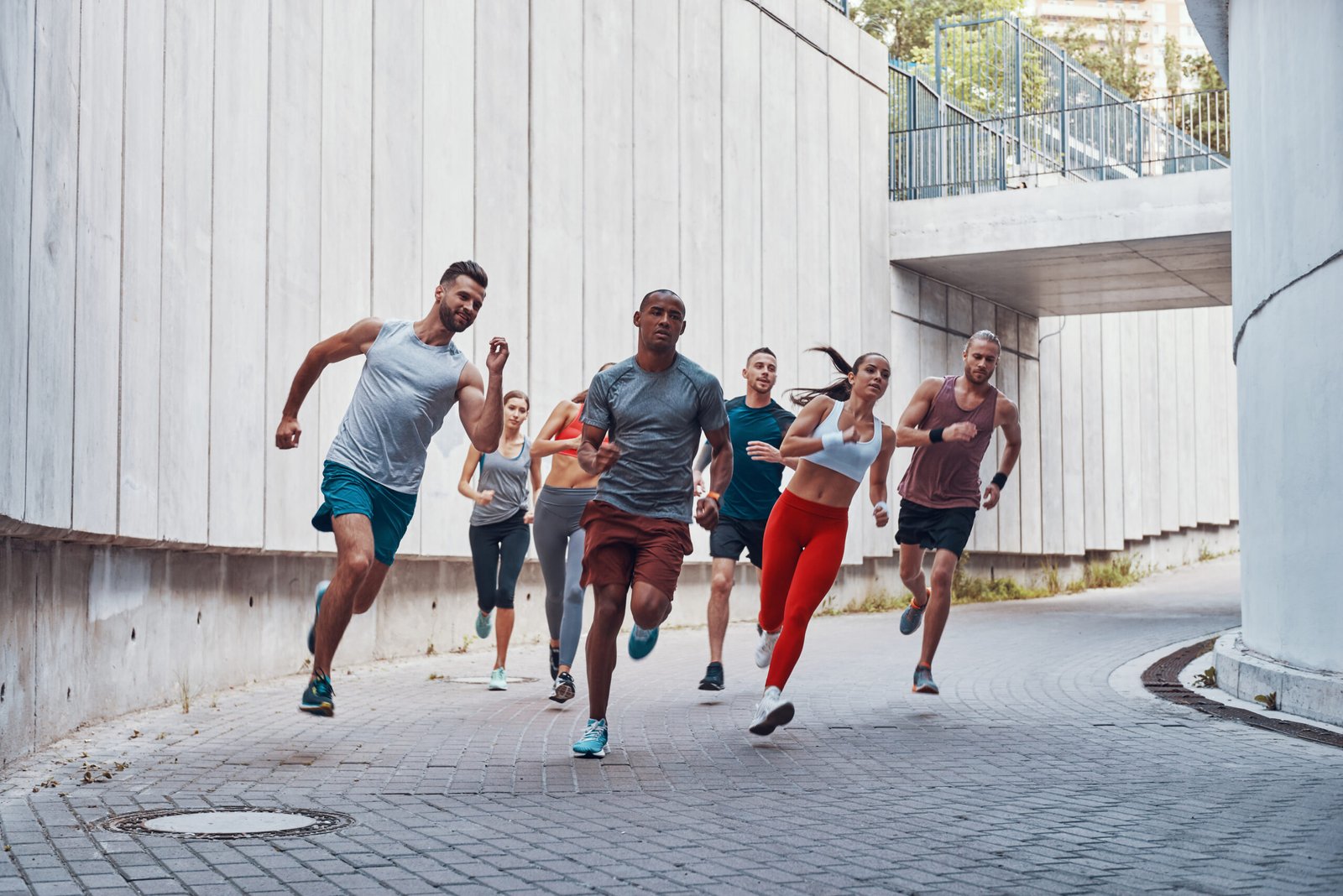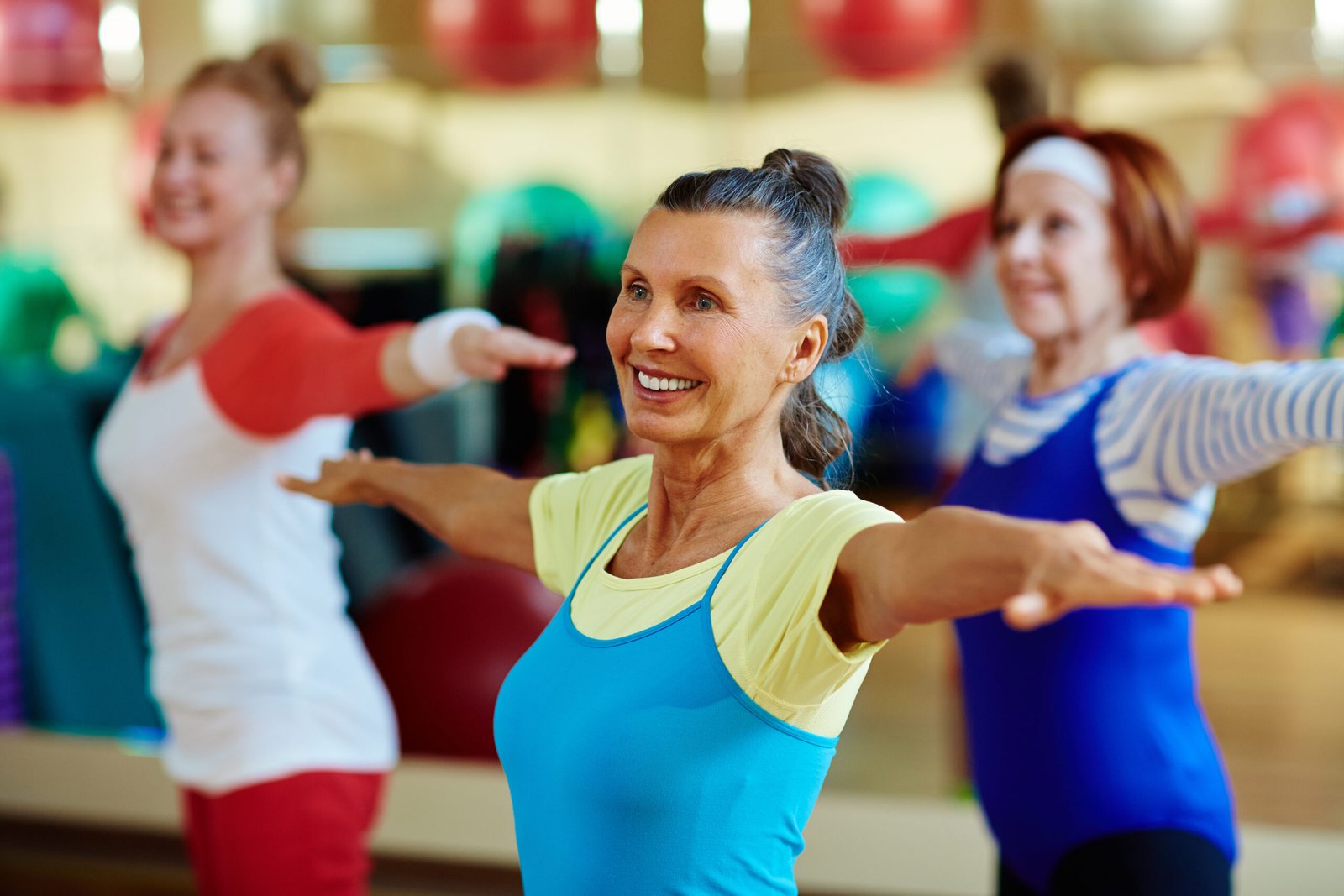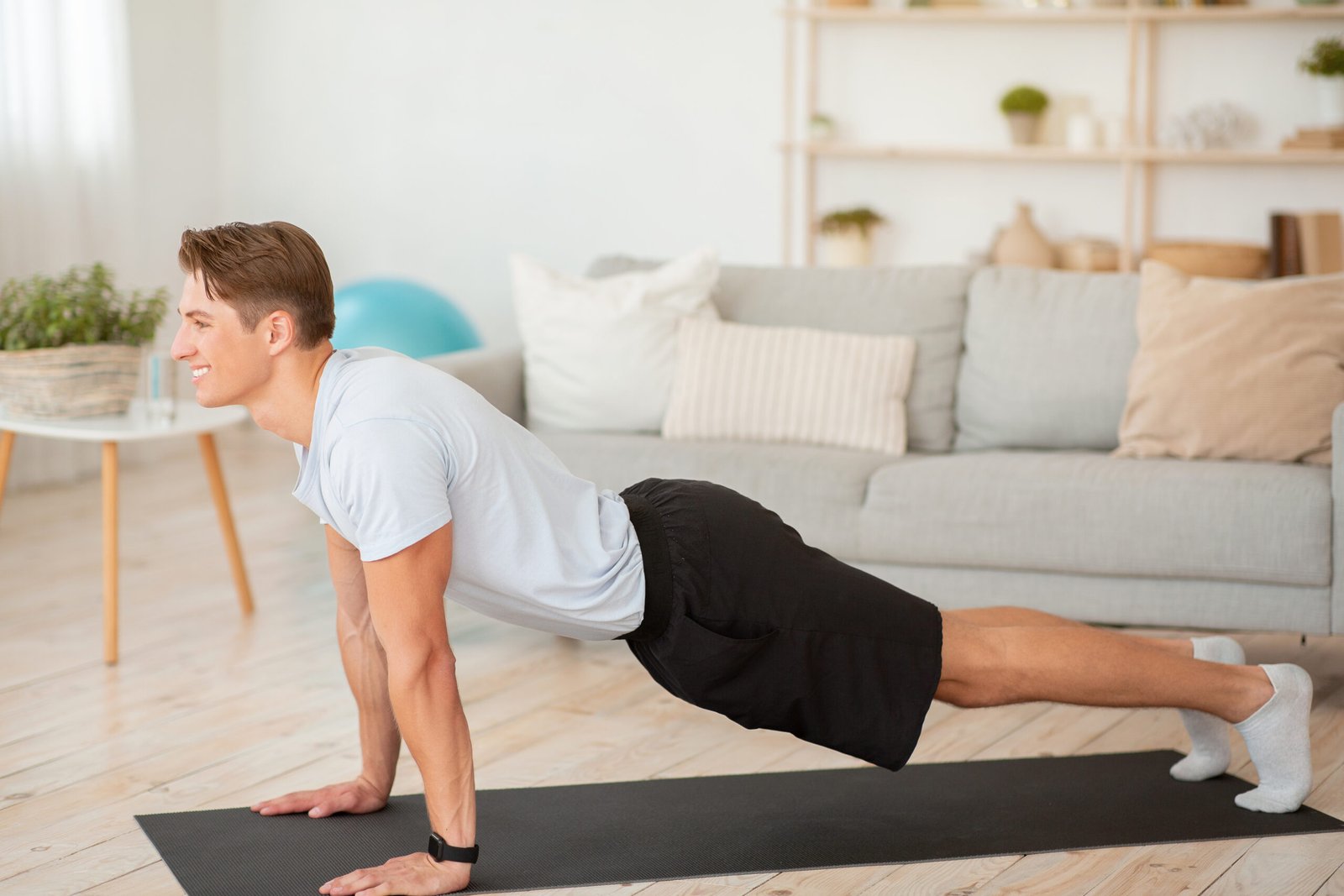Spinning classes have rapidly gained popularity as a dynamic and effective workout option, offering cardiovascular benefits and high-intensity intervals that promise to build endurance and strength. However, for many enthusiasts, that promise comes with an unexpected hurdle: saddle discomfort. Almost synonymous with spinning class veterans, saddle pain can deter even the most steadfast riders. In this comprehensive guide, we delve into the heart of the matter – saddle discomfort – with the aim to transform your spinning experience from painful to pleasurable, unlocking the full potential of your rides.
Why Do Spin Bike Seats Hurt?
Spin bike seats are notorious for causing discomfort due to their design. Narrow and firm, these seats can create pressure points that become exacerbated during extended rides. The pain often starts shortly after a session begins and tends to hover around the sit bones and sensitive areas. The improper bike setup is another frequent culprit; if your seat is not aligned correctly, it can significantly worsen the discomfort by misdirecting pressure. Unfortunately, standard spin bikes aren’t particularly designed for comfort and often fail to distribute weight evenly, leading to soreness and discomfort.
Prolonged periods of time spent stationary on a spin bike contribute heavily to saddle discomfort, as constant pressure builds upon the same soft tissues. Additionally, those new to indoor cycling often experience a particular form of discomfort, simply because their bodies haven’t yet adapted to the unique shape and firmness of most spin bike seats. Over time, your body can adjust, leading to an improved and more comfortable fitness experience.
– Narrow and firm design causing pressure points
– Incorrect seat height and position leading to misalignment
– Lack of seat cushioning failing to distribute weight
– Prolonged stationary periods increasing pressure on sit bones
– Initial discomfort due to inexperience and lack of adaptation
Why is Saddle Pain More Common Indoors?
Saddle pain tends to be more common during indoor cycling sessions than outdoor adventures due to the lack of varied terrain. In a spinning class, the consistent and unchanging nature of the ride results in sustained pressure on the same parts of the body. Unlike outdoor cycling, where riders are often compelled to shift in response to changing landscapes, indoor cycling seldom offers such breaks. This immobility means riders are seated in one position for extensive periods, causing persistent compression on the pelvic area.
Indoor environments further aggravate the situation with higher humidity and temperature levels, which can increase sweating. The resulting friction adds to the discomfort, and without proper guidance from instructors on how to mitigate these effects through bike setup and positioning, many riders find themselves in discomfort.
– Consistent pressure due to lack of varied terrain
– Limited opportunities to shift positions
– Compression from being seated in one fixed position
– Lack of bike setup guidance from instructors
– Added friction from increased humidity and temperature
Choose Your Saddle Wisely
Choosing the right saddle is crucial for a comfortable and effective spinning class experience. Comfort revolves significantly around a saddle that suits your anatomy and riding style. Factors to consider include saddle size, shape, and cushioning, all of which contribute to a personalized fit. Testing different saddle options is necessary to discover the one that suits your unique body type and cycling habits best.
Investing in a quality saddle is an investment in your health, one that helps prevent discomfort and potential injuries. Once you have the ideal saddle, regularly assess and adjust its positioning to ensure ongoing comfort and effectiveness in your rides.
– Consider saddle attributes such as size, shape, and cushioning
– Test various saddles for a personalized fit
– Invest in quality to prevent discomfort
– Regularly reassess saddle positioning
– Focus on comfort to enhance riding performance
Sit on Your Sit Bones
The importance of proper posture in spinning classes cannot be overstated, especially when it comes to sitting on your sit bones. Aligning these crucial structures with the saddle minimizes pressure and discomfort, ultimately improving your spinning performance. Proper sit bone positioning also boosts stability and riding efficiency.
Minor adjustments to the saddle height and tilt can significantly aid in achieving this alignment. A mindful focus on your sit bones not only prevents pain but also ensures a more secure ride. It’s one of those small changes with big returns.
– Proper sit bone alignment reduces pressure
– Enhances stability and efficiency in riding
– Adjust saddle height and tilt for alignment
– Minimize pain by focusing on sit bones
– Ensure a secure and comfortable ride
Get a Good Pair of Bike Shorts
Investing in a quality pair of bike shorts can drastically reduce saddle discomfort. These shorts offer padding designed to cushion and provide support, effectively distributing pressure during your ride. The right fit and material are essential, as they enhance comfort, prevent chafing, and wick away moisture. Look for shorts featuring a chamois pad, which further minimizes friction and extends your endurance.
Proper maintenance of your bike shorts, like regular washing and air drying, plays a key role in extending their life and effectiveness. Opting for a good pair of bike shorts can be a game-changer in your spinning routine.
– Quality padding for cushioning and support
– The right fit for comfort and moisture-wicking
– Shorts with chamois pads minimize friction
– Extend lifespan with proper maintenance
– Enhances overall spinning experience
Embrace the Cream
To combat friction and chafing, cycling enthusiasts often turn to chamois cream. This tool is not just for professionals; it’s an integral part of improving comfort and support during rides for all levels of cyclists. Applying chamois cream reduces friction, prevents chafing, and can significantly enhance your overall spinning experience.
Experimenting with different cream brands can help you find the perfect match for your skin type and specific needs. Reapplying cream during long sessions is essential to maintaining comfort and avoiding irritation, making it a regular part of your routine for better endurance and performance.
– Use chamois cream to reduce friction
– Prevent chafing for improved comfort
– Experiment to find the right brand
– Reapply cream during long sessions
– Enhance endurance and performance
Stand Up Here and There
Incorporating standing intervals during your ride is an effective strategy to alleviate saddle pressure. Standing up intermittently stretches your back and leg muscles, helping reduce the risk of stiffness and discomfort. These intervals offer a mental refresh during intense sessions while improving overall endurance.
Strategic use of standing moments, such as during hill climbs or peak intensity sections, can help maintain rhythm and momentum. Balancing seated and standing positions contributes to a dynamic workout, fostering a comfortable and enjoyable spinning experience.
– Alleviate pressure through standing intervals
– Stretch muscles to reduce stiffness
– Improve endurance and mental focus
– Use during high intensity for momentum
– Create a balanced and dynamic workout
Common Causes of Saddle Discomfort & Solutions
| 🚴 Cause | 🔍 Explanation | 💡 Solution |
|---|---|---|
| Narrow, Firm Saddle | Spin bike seats are narrow and hard, causing pressure on sit bones and sensitive areas. | 🛠️ Choose a saddle with appropriate width and cushioning to distribute weight evenly. |
| Improper Seat Height | Incorrect height can misalign the body, increasing pressure on sit bones and pelvic area. | 📏 Adjust saddle height to allow a slight knee bend at the bottom of each pedal stroke. |
| Fixed Riding Position | Lack of movement causes prolonged pressure on soft tissues, leading to soreness. | 🚶 Incorporate standing intervals during rides to relieve pressure and stretch muscles. |
| Poor-Quality Bike Shorts | Shorts lacking proper padding fail to cushion and support, causing discomfort and chafing. | 👖 Invest in quality padded shorts with moisture-wicking material and chamois padding. |
| High Indoor Temperature | Increased sweat and humidity cause friction, which can lead to chafing and saddle sores. | 🧴 Use moisture-wicking clothing and apply chamois cream to reduce friction and irritation. |
| Inadequate Core Stability | Poor posture and weight distribution increase pressure on sensitive areas, contributing to discomfort. | 💪 Strengthen core muscles and focus on posture to maintain stability and proper weight distribution. |
| Wrong Saddle Position (Fore/Aft) | Saddle position too far forward or back creates misalignment and unnecessary pressure. | ⚙️ Align saddle so that your knee is directly over the pedal spindle when pedals are parallel to the ground. |
| Extended Stationary Periods | Prolonged stationary riding on one surface increases pressure buildup in the pelvic area. | ⏱️ Break up seated intervals with standing rides or vary resistance levels to relieve pressure. |
| Lack of Flexibility | Tight hamstrings, hip flexors, and lower back reduce comfort and alignment during riding. | 🧘 Perform targeted stretches for hips, hamstrings, and lower back to increase flexibility and comfort. |
What Are Some Common Causes of Saddle Discomfort During Spinning Classes?
Several factors can attribute to saddle discomfort during spinning sessions. Incorrect saddle height and positioning often lead to pressure points, while poor-quality or worn-out cycling shorts exacerbate friction, causing saddle sores. Insufficient cushioning or a saddle that does not fit your body type also results in added discomfort. Beyond equipment, poor posture arising from inadequate core strength results in improper weight distribution, leading to pressure and pain. Riding for extended periods without breaks further increases the risk of discomfort and soreness.
– Incorrect saddle height causes pressure points
– Poor-quality shorts increase friction
– A mismatch of saddle fit and body type
– Insufficient core strength affects posture
– Long periods without breaks heighten discomfort
How Can I Adjust My Bike Setup to Minimize Saddle Pain?
Proper bike setup is essential to minimize saddle pain. Start by ensuring your saddle is at the correct height, allowing your knee a slight bend at the pedal stroke’s bottom. Horizontally position the saddle, making sure it isn’t tilted too far forward or backward to ensure comfort. Adjust the fore/aft saddle position so your knee aligns over the pedal spindle when pedals are parallel to the floor. Additionally, choose the right saddle width and padding, and regularly check your setup as subtle changes can impact comfort.
– Adjust saddle height to allow knee bend
– Keep saddle level to avoid tilts
– Position fore/aft for knee alignment
– Choose appropriate saddle width and padding
– Regularly assess and maintain bike setup
Are There Specific Shorts or Gear Recommended to Help Alleviate Discomfort?
Yes, selecting the right gear can greatly alleviate discomfort during spinning sessions. Padded cycling shorts are essential for cushioning sensitive areas. Opt for fabric that wicks away moisture to keep you dry and prevent chafing. Shorts with a snug fit ensure protection remains consistent throughout intense rides. Consider padded saddle covers or gel seat covers for an added layer of comfort and shock absorption. Investing in quality indoor cycling gear dedicated to improving riding comfort is also highly beneficial.
– Padded shorts for cushioning and comfort
– Moisture-wicking fabric prevents chafing
– Snug fit for consistent protection
– Padded and gel seat covers add comfort
– Quality gear enhances overall cycling experience
How Can I Improve My Posture to Reduce Saddle Soreness During a Spin Session?
Improving your posture is crucial to reduce saddle soreness. Begin with a proper bike setup, including precise saddle height and handlebar positioning, to minimize pressure points. Focus on engaging core muscles to maintain stability and alleviate strain on your back and pelvis. Integrate standing intervals to relieve seated pressure and enhance blood circulation. Aim for a smooth and controlled pedaling motion, and improve flexibility through targeted stretches and exercises, particularly at the hips, hamstrings, and lower back.
– Optimize bike setup for alignment
– Engage core for stability
– Introduce standing intervals
– Focus on smooth pedaling technique
– Enhance flexibility with targeted stretches
What Are Some Effective Post-Class Stretches or Exercises to Relieve Saddle Discomfort?
Incorporating post-class stretches and exercises can significantly relieve saddle discomfort. Start with gentle hip flexor stretches to alleviate tension. Hamstring stretches target the back of the thighs, enhancing lower body comfort. Engaging in lower back stretches releases pressure, preventing soreness. Quadriceps stretches counteract the forward-leaning position held during spinning. Utilize foam rolling techniques on glutes and thighs to reduce tightness and aid in recovery post-session.
– Hip flexor stretches alleviate tension
– Hamstring stretches enhance lower body comfort
– Lower back stretches prevent soreness
– Quadriceps stretches balance posture
– Foam rolling reduces muscle tightness
Ride with Ease: Achieving Saddle Comfort and Ultimate Gains
By conquering saddle discomfort through strategic adjustments and choices, you open the gateway to the full benefits of spinning classes. The pathway to transforming your ride lies in understanding the inherent challenges and arming yourself with the tools to navigate them effectively. From selecting the right saddle to incorporating crucial gear and adopting posture refinements, each step empowers you towards a more comfortable and rewarding spinning journey. As you embrace these practices, you’ll find yourself not just riding for gains but thriving in the expansive journey of cycling well-being.











